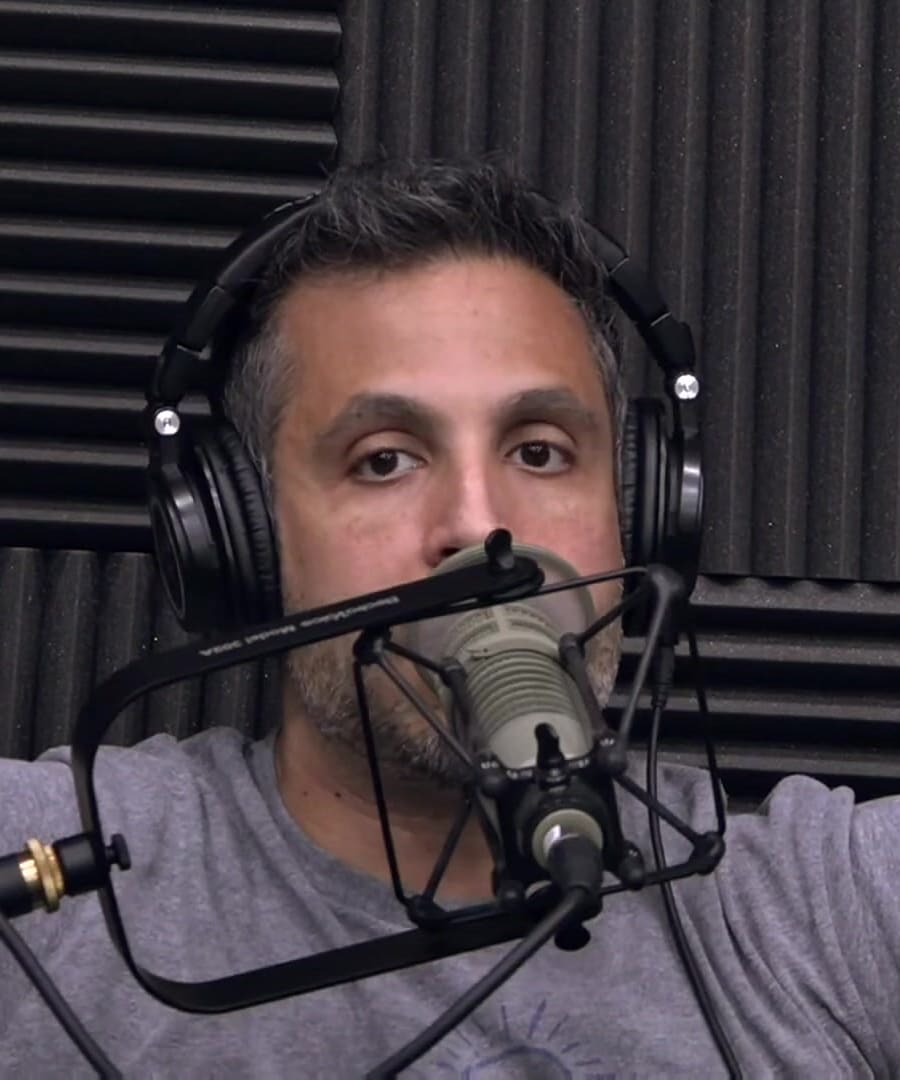How to approach fitness programming?
Sources:
Approaching fitness programming effectively involves understanding and incorporating various principles and methods:
-
Tailored Programming: Sal Di Stefano emphasizes the need for customized workout programs based on individual client needs. This involves considering all aspects of strength training and making appropriate adjustments without merely adding extra exercises indiscriminately 1. Each client's unique goals and challenges should dictate the specific structure of their program.
-
Progression and Modification: Continually progress workouts by modifying them based on previous cycles. Start with the basic program, and after completing it, introduce changes such as increasing sets, reps, or difficulty of movements. Running the program multiple times with incremental enhancements helps maintain progress 2.
-
Specificity and Simulation: For tasks requiring specific physical capabilities (e.g., endurance for hunting), it's beneficial to simulate the task in training. Programs like Maps Strong focus on work capacity through exercises such as carrying weights and increasing muscle endurance. Incorporating real-world simulations like hiking with weighted backpacks can be very effective 3.
-
Avoiding Ego in Programming: New trainers should avoid letting ego drive their programming decisions. Leveraging established programs and expertise can be more beneficial than attempting to create new regimens without sufficient experience. It's essential to follow proven templates and gradually understand the complexities of workout programming 1.
-
Utilizing Levels and Scaling: Programs often offer exercises at different levels to accommodate varying fitness levels. Start with basic exercises to build a solid foundation, and then gradually incorporate more advanced movements. This scaling strategy helps in tackling workouts progressively and safely 2.
By following these principles, fitness programming can be more effective in achieving desired outcomes while ensuring safety and progression.
RELATED QUESTIONS-


